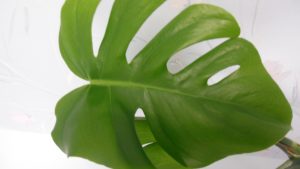There are so many reasons to love the philodendron family, which makes sense considering its peculiar name comes from the Greek words for “love” and “tree.” Originally cultivated in the Amazon rainforest, philodendrons come in a wide range of sizes, shapes, and colors. Some varieties show off upright forms with large leaves in a range of glossy green patterns, while others grow into lush vines. No matter which variety you choose, it’s sure to be one of the stars of your collection – outside or as a houseplant.
Set one up in a reading area in the corner of your living room, and suddenly you’ve got your own little in-home rainforest retreat. Outside you can choose from many varieties to get a low-maintenance plant that is an explosion of color and lush greenery. Just make sure it’s got enough room because this lovely plant can grow up with enthusiasm to three feet tall, and vining varieties can stretch 20 ft!
Why are Philodendrons One of Our Favorites?
For starters, philodendrons are wonderfully low-maintenance, so they’re a great option if you’re not totally confident in your gardening skills yet. Some water, sunlight and fertile soil are all it takes to keep them happy, although they do appreciate a bit of fertilizer twice a year, in spring and late summer. Their gorgeous leaves make them an easy statement piece that gives your garden a lushness that it difficult to beat. For other areas of the country, these beauties are limited to being houseplants, where they are great air purifiers as well, soaking up old air and pumping it back out as clean oxygen free of pollutants like formaldehyde and methane – so we love the opportunity to enjoy these tropical wonders inside or out. This resilient plant is adaptable and easy to please, rewarding your minimal effort with the lush tropical greenery that we love to bring home with us.
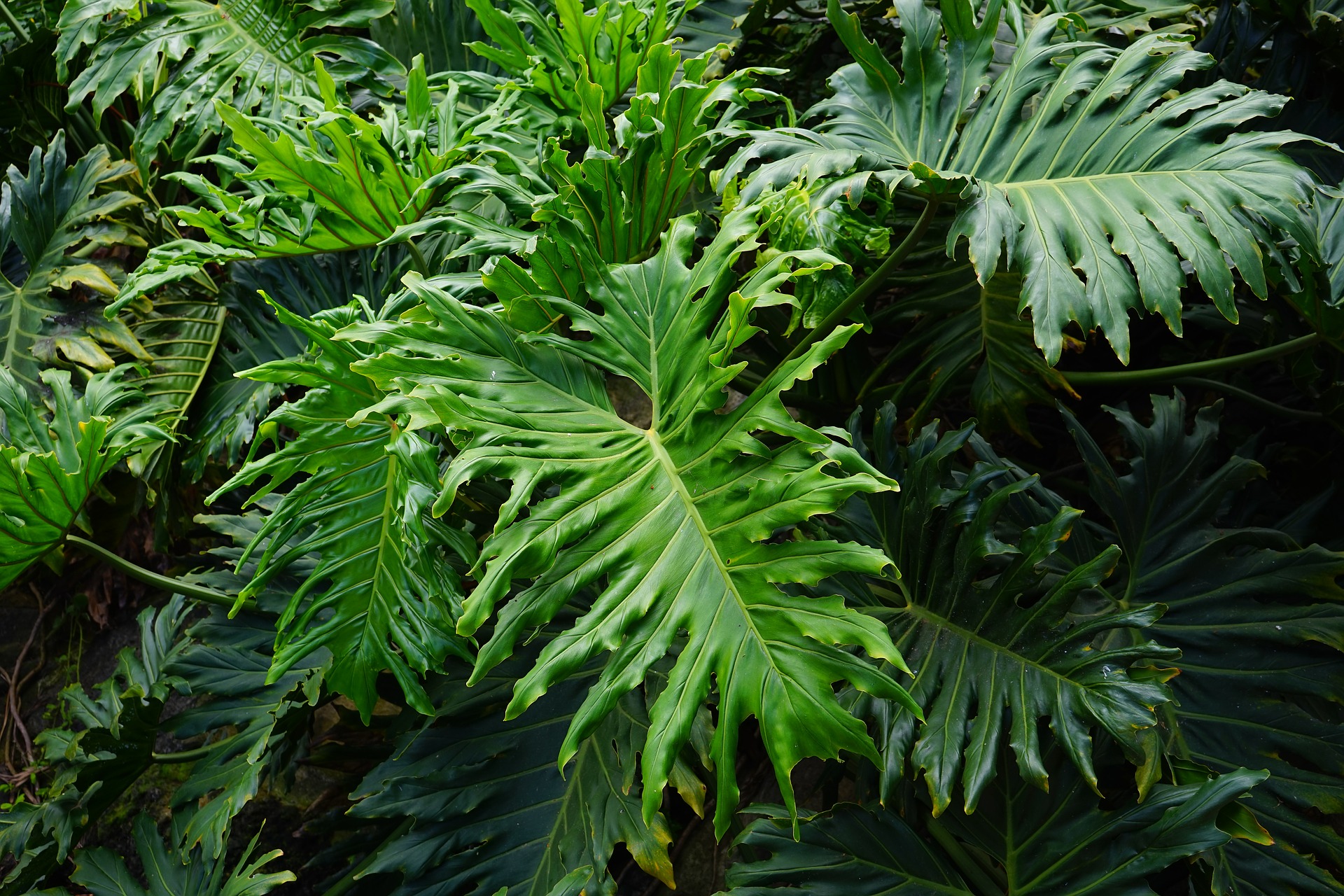
Types of Philodendrons
Depending on whether you want a large plant to cascade down from a hanging basket, to climb up a trellis, or just to grow upright and mounding in a garden bed, there are all sorts of different philodendrons to choose from. While there are hundreds of varieties out there, they all fall into one of two categories: vining, or non-trailing.
Vining philodendrons are the kind that do well in hanging baskets or weaving up through the lattice on a shady patio. Their stems are slimmer and dantier, so they won’t stand upright on their own, but their long sprawling foliage is really beautiful if given enough space to spread out. They look particularly nice if placed in an elevated spot, so the leaves can trail down, creating a gorgeous canopy of greenery.
Non-trailing philodendrons have thicker stems and grow upwards like a small tree. They can grow quite tall and spread wide, so they’ll need a lot of space, but these lush rainforest dwellers are immensely popular to plant in garden beds thanks to their overwhelming show of tropical greenery. Plant some mounding philodendrons in your garden for a plant that will take to your landscape with enthusiasm, requiring only minimal care to create their fabulous displays, although most varieties don’t offer flowers that are worth planting them to admire, their steadfast display of foliage is a joy enough in the backyard. Considering using them as a bedding plant where their mounding foliage can really thrive, or even as a natural screen or barrier in your yard to create a little privacy with beauty in mind.
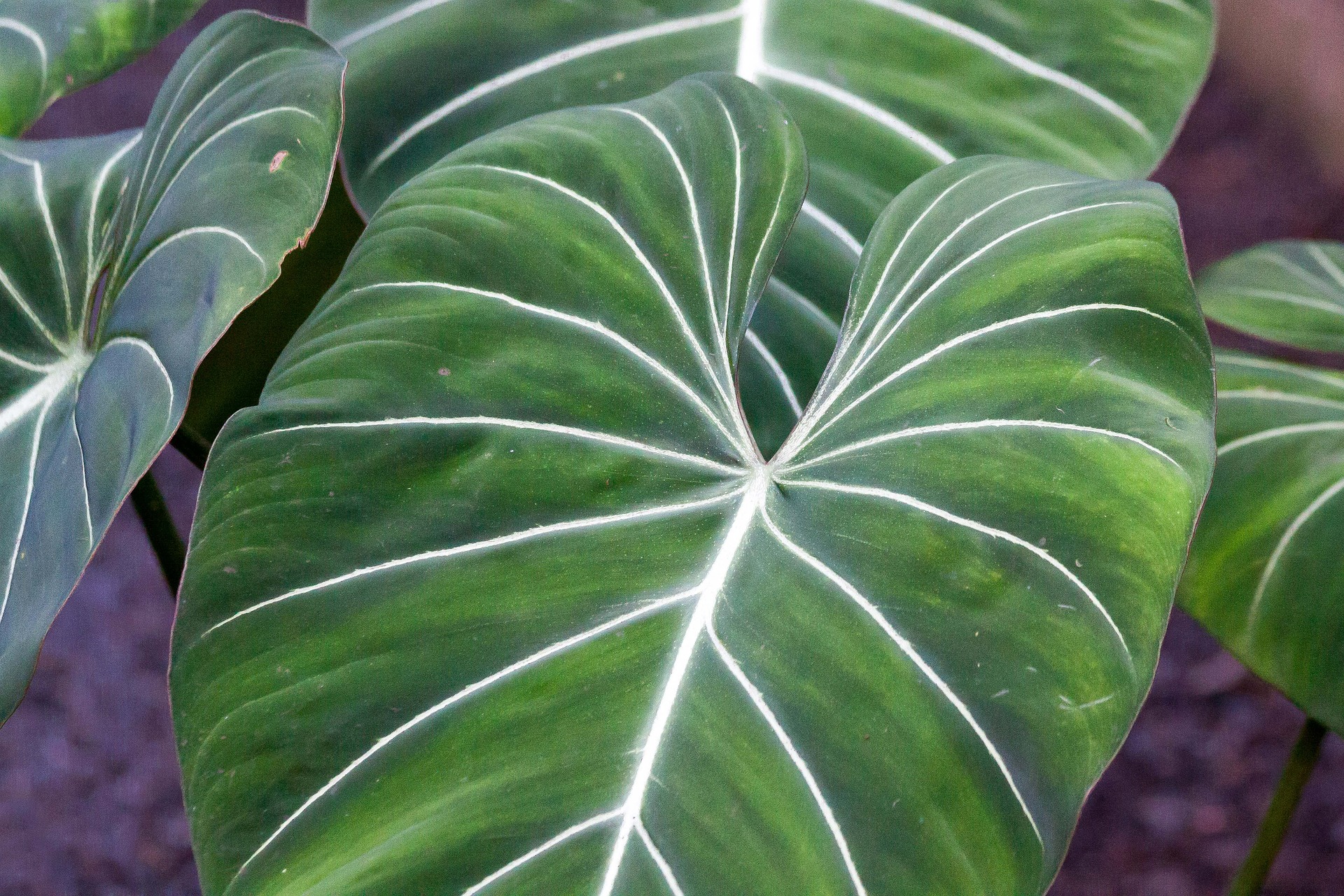
Philodendron Care
Like any living thing, the philodendron has its own preferences of exactly how much sunlight and water it needs – but don’t worry, these plants are flexible and low maintenance, so meeting their needs is a breeze. Especially in our tropical SoFlo, they’re practically at home and don’t need too much care. Lucky for us, if your philodendron needs something, it will tell you through some pretty clear visual cues. To decode the language of the philodendron, follow this guide to figure out exactly what your plant needs:
Soft, limp leaves? This could mean your philodendron is either getting too much, or too little water. Make sure you’ve been letting the top inch of soil dry out before watering again, but don’t wait too long between watering. Thankfully it should perk back up pretty quickly once it’s getting the right amount of hydration. Also, make sure your soil or container drains well, as the plant’s roots will rot if they sit in water.
Slow growth and small leaves? Some fertilizer should do the trick. Opt for a liquid fertilizer with macronutrients formulated for leafy tropicals – and dose a half strength if your Philodendron is in a container.
Young, new leaves looking pale? The soil doesn’t have quite enough magnesium or calcium, so pick up some soil supplement powder and mix or dissolve it in some water before sprinkling the soil with it.
There are also some potential lighting problems that your Philodendron could complain or, which are easier to fix when your plant is in a container than in a bed:
Lots of yellow leaves? Too much sun! Start off in a good part shade location to avoid sunlight exposure woes. The philodendron prefers the partially shaded, humid environment of the rainforest, so when the humidity dips temporarily, getting overexposed to our bright Florida sun could fry those leaves without all that moisture in the air as a buffer. Thankfully that problem is short lived. It’s normal for old leaves to get yellow and dry out, but if you notice several yellow leaves all at once, it’s time to find some way to shade your plant – easier for potted plants than those in beds.
Spread out, floppy branches? Needs a bit more sun. Some indirect light near a window should suffice.
This seems like a lot of potential problems, but gardeners will be happy to know that their plants are not very likely to have any complaints at all, as our balmy SoFlo climate is a perfect match for these plants. Simply start with a good foundation with the right soil in the right spot and you’ll be delighted to see how easily your Philodendron thrives.
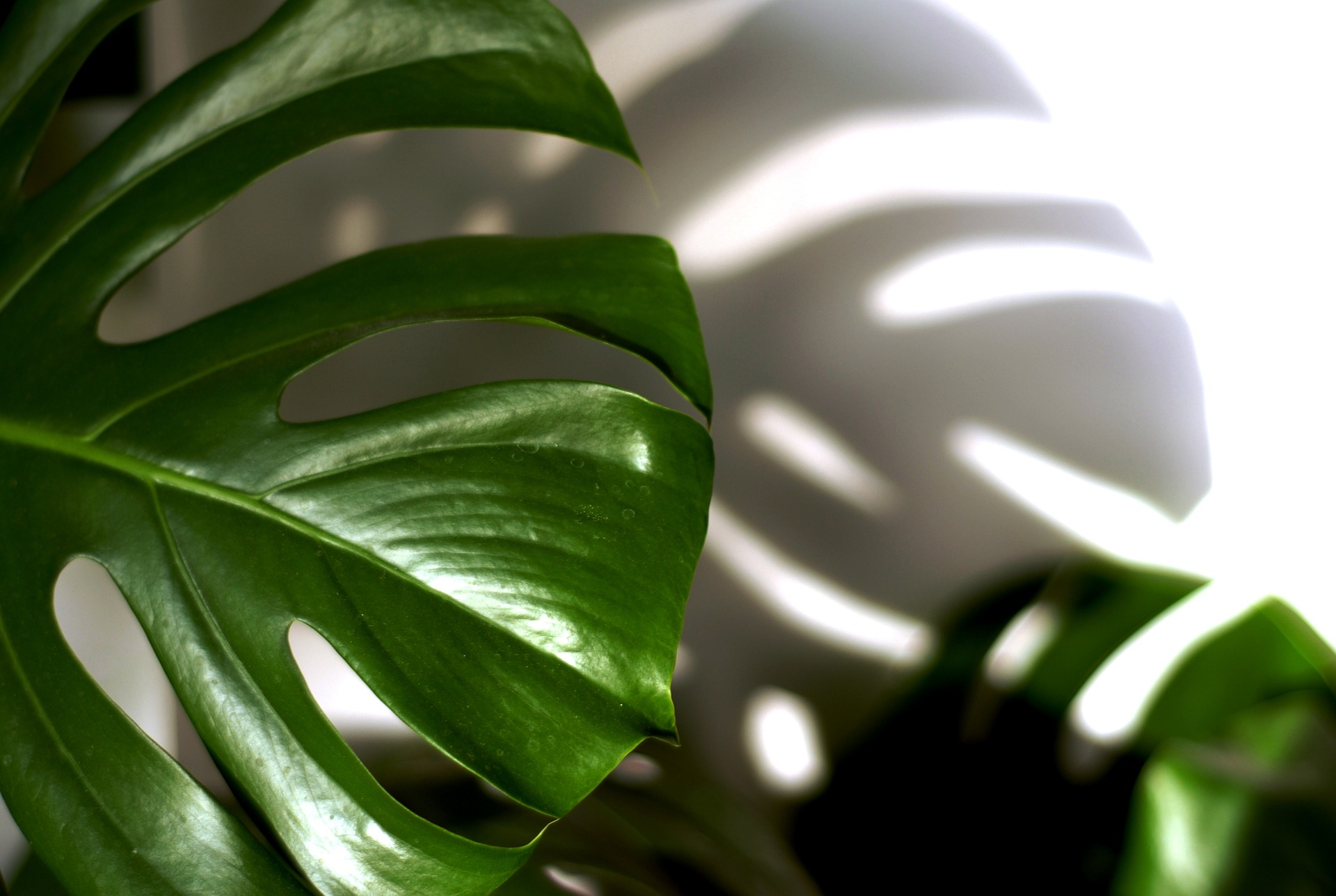
Helpful Tips for Growing Philodendrons
- If your potted philodendron is near a sunny window, turn the pot 90 degrees every two weeks. This helps ensure all the leaves are getting equal amounts of sun, so it won’t grow lopsided. Remember to make sure it isn’t getting tons of direct sunlight, as philodendrons are used to being shaded by a canopy of trees in the Amazon. For those outside, the sun already does this work for you!
- From time to time, wipe down the leaves of your philodendron with a damp cloth, or spray them off when watering. The leaves are quite big and can tend to collect dust, dirt, and other debris that gets in the way of absorbing the sun. Just like our own skin, the philodendron has pores that can get clogged, so a simple beauty regime helps to keep it glowing and healthy.
- Check if your philodendron is ready to be watered again by inserting one finger into the soil, up to the first knuckle (about one inch). If it’s dry, you’re good to go ahead with watering!
- If you’ve got dogs and cats that like to take nibbles, make sure your philodendron is out of reach, as the leaves can be toxic to pets.
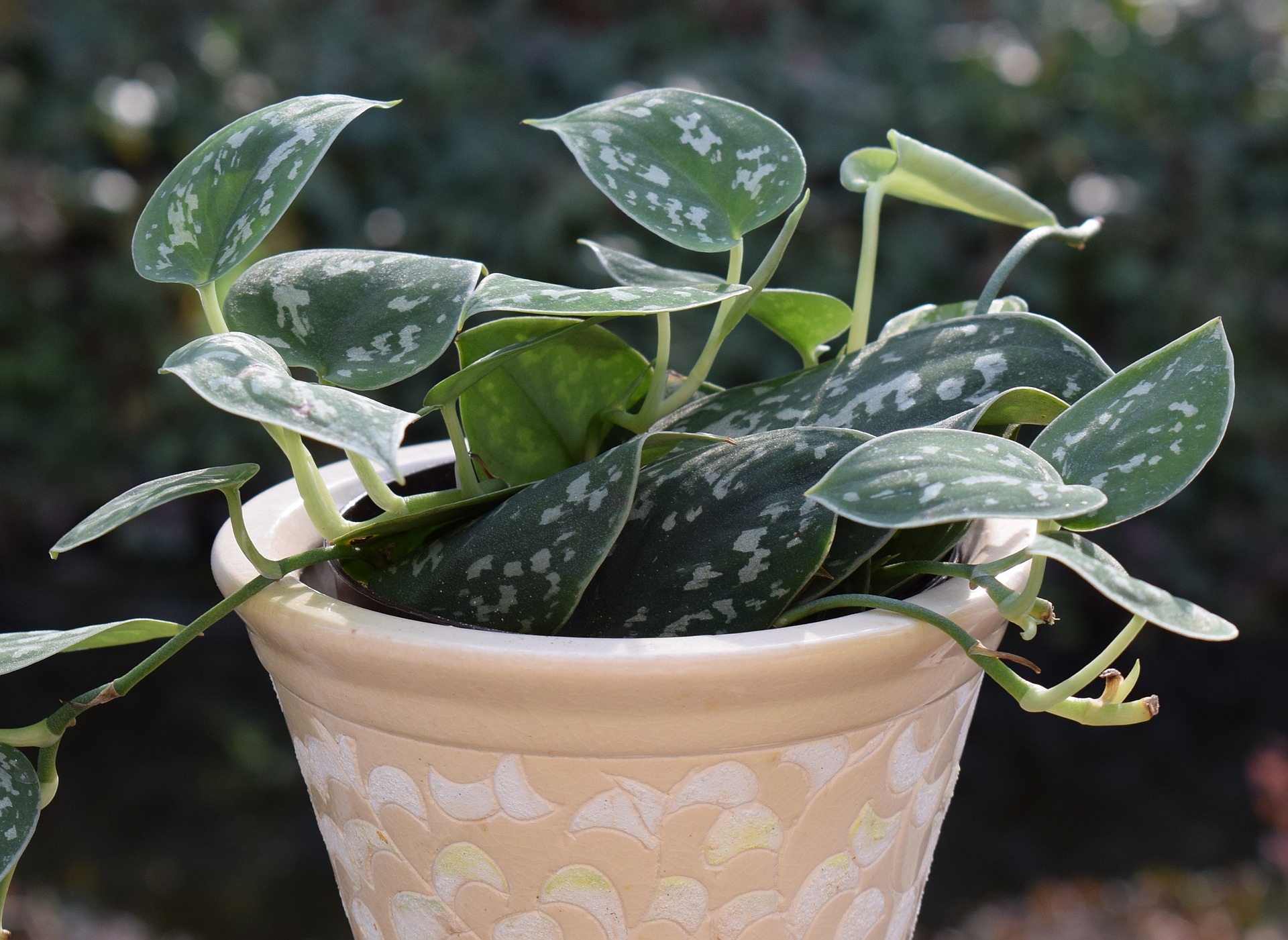
If you’re looking for a plant that’s eye-catching and impressive in size, look no further than the philodendron. A philodendron will breathe new life into your living space – indoors or out – with its fabulous display of foliage, bringing a little piece of the Amazon into your very own home. With so many varieties to choose from, it will be hard to pick just one!

